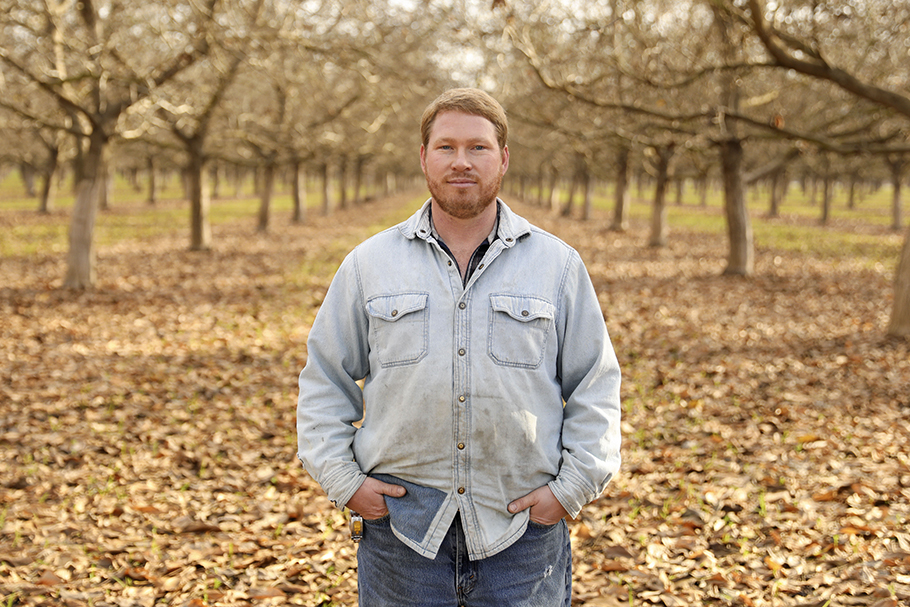
Make Your Farm Resilient and More Profitable with Regenerative Agriculture
by CRARS staff member Sheryl Karas. M.A.

Consensus is growing that regenerative practices are good for the soil and good the planet, and many farmers agree. Unfortunately, they often balk at putting these practices into place because they don’t necessarily believe it will be good for the bottom line. Farmers and ranchers don’t work with very high profit margins in the first place and most of them are, understandably, worried to invest money, time and effort in new practices that might not result in a positive financial outcome. Early research showed that it can take 3-5 years for a farm to 1) recover from past practices and 2) pay off in terms of higher profits—if those financial gains could be seen at all. The research wasn’t in yet and even today only about 1.5% of U.S. farms are regenerative(opens in new window). But things change, and the latest research shows that farmers and ranchers who add regenerative practices do see increased profits, especially over time.
The latest news comes from the Soil Health Institute (PDF). In August 2023, they published the results of a multi-year and data-driven collaboration with the National Association of Conservation districts and the USDA Natural Resources Conservation Service on the positive impacts of improving soil health (the basis of regenerative agriculture) on farm profitability and resilience. The study included a diversity of soil types, geographies, cropping systems, and a wide range of crops. Some of the farms also raised dairy cows, beef cattle, chickens, and hogs. Extensive interviews were conducted with 30 farmers in 20 states who all had successfully implemented a variety of soil health management systems. The practices included cover crops, no-till, reduced till, strip till, planting green (planting cash crops into living cover crops), rotational grazing, livestock integration, and manure incorporation. A partial budget analysis (PDF) compared the costs and benefits before and after practice adoption. One of the key findings was that these practices increased net farm income by an average of $65/acre.
One of the most successful farmers included in the study was CRARS mentor farmer Daniel Unruh(opens in new window) of Colusa, CA who showed a net income increase of $425.19/acre (PDF) by using regenerative agriculture and cover crops. The increase came from decreased production costs by employing these methods over the course of six years. He also reported improved soil structure and water infiltration; reduced erosion; increased soil organic matter; reduced nitrogen and irrigation; and less insect and disease pressure. Watch the video produced from the study’s interview with him here:
Previous Studies of Interest
Earlier this year, Boston Consulting Group and the World Business Council for Sustainable Development’s One Planet Business for Biodiversity coalition released a report and economic analysis that showed that farmers could expect a 15 to 25% increase in profitability(opens in new window) after transitioning from conventional to regenerative agriculture. Their study included more than 100 farmers and saw that the most successful farmers were the ones who had been using regenerative practices the longest and used more practices at the same time. While there were some losses in the initial transition period equaling approximately $42/acre on average from investment costs and temporary yield declines, profits reached as much as 120% above the earnings of conventional farms for some regenerative operations over time.
There have also been studies done with specific crops. One from 2021 by researchers Tommy Fenster, Patricia Oikawa and Jonathan Lundgren reported that regenerative almond orchards in California were “twice as profitable as their conventional counterparts(opens in new window).” No one practice was identified as being responsible for the success of regenerative orchards. Rather, their success appeared to be the result of combining multiple regenerative practices into a whole farm system.
Of course, there have been many studies that have looked into the use of one practice alone. Those are sometimes less conclusive, but one significant one conducted by the USDA and SARE(opens in new window) (Sustainable Agriculture Research & Education) showed that the use of cover crops tended to increase commodity yields over time and often reduce input costs. These results usually increased over the course of five years but in many cases significant increases in profitability were seen in 1-2 years and in some cases the choice was profitable the very first year.
Importance of Technical Assistance and Financial Incentives
Because financial barriers can be significant for small farms and farmers from historically underserved backgrounds, it is especially important for these groups to receive financial support to be able to afford the transition to regenerative practices and the technical assistance they need to succeed. CRARS is pleased to be collaborating with 12 other conservation partners to support the implementation of regenerative soil health management systems in northern California as part of the Regional Conservation Partnership Program (RCPP) sponsored by the USDA’s Natural Resources Conservation Service (NRCS). This is part of a nationwide effort to protect agricultural viability in the face of natural resource challenges and instability.
Through this program eligible farms, ranches, and forest landowners can find technical service providers at no cost to assist them in creating whole farm plans to implement. These might include a soil health management plan, a grazing management plan or a carbon farm plan. The plans are submitted to NRCS for funding. Examples of regenerative practices that might be included are:
- No-till or conservation-tillage
- Cover cropping, pasture cropping, and range seeding
- Mulch, compost, and biochar applications
- Prescribed grazing
- Alley cropping and silvopasture
- Wind breaks, hedgerows, and riparian buffer strips
If selected, producers will enter into direct contract with the NRCS. Historically underserved applicants will be given priority.
Visit our website to learn more.(opens in new window)
To get started with your plan and application for funding contact Lindsey Hethcote(opens in new window).
